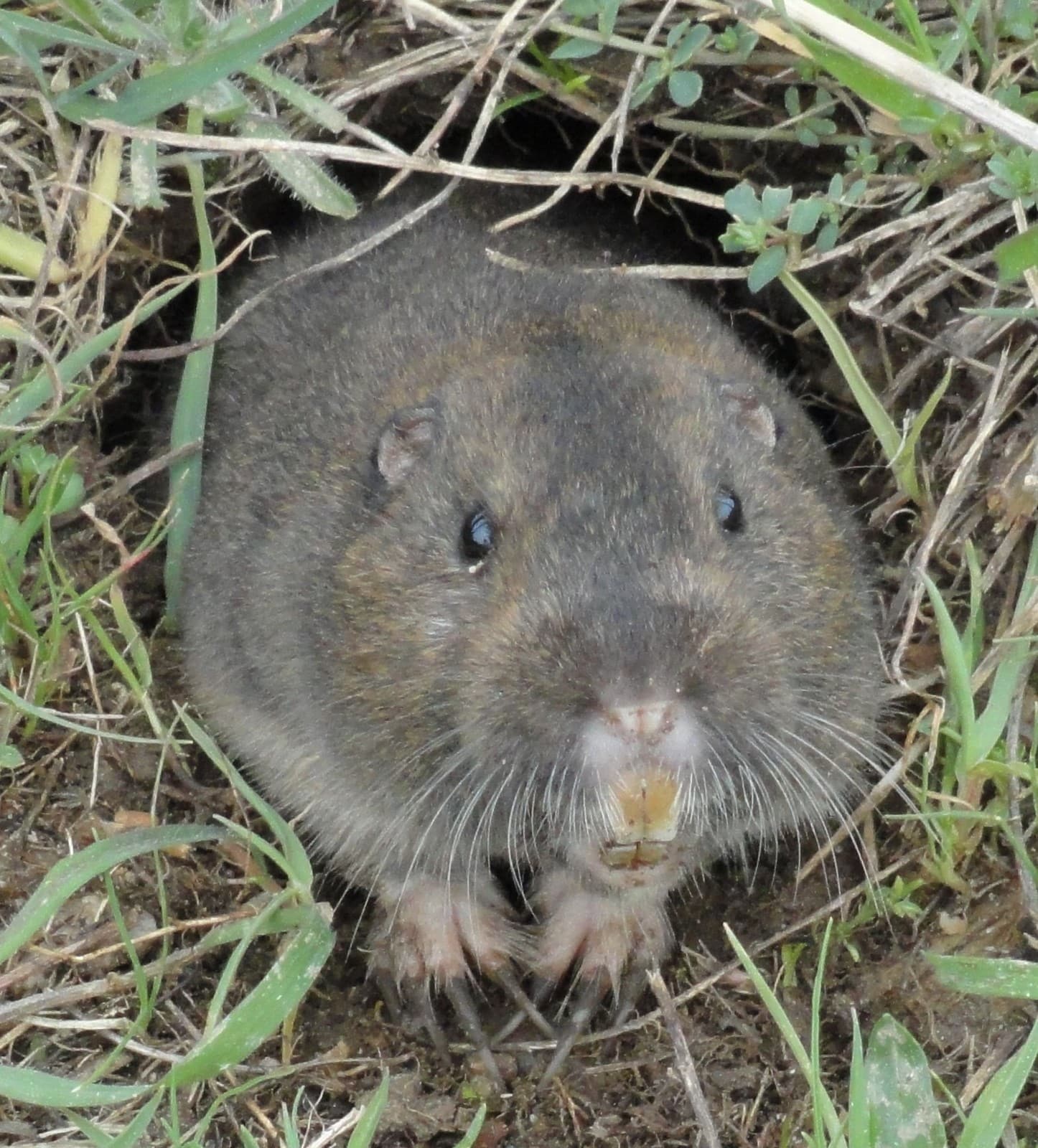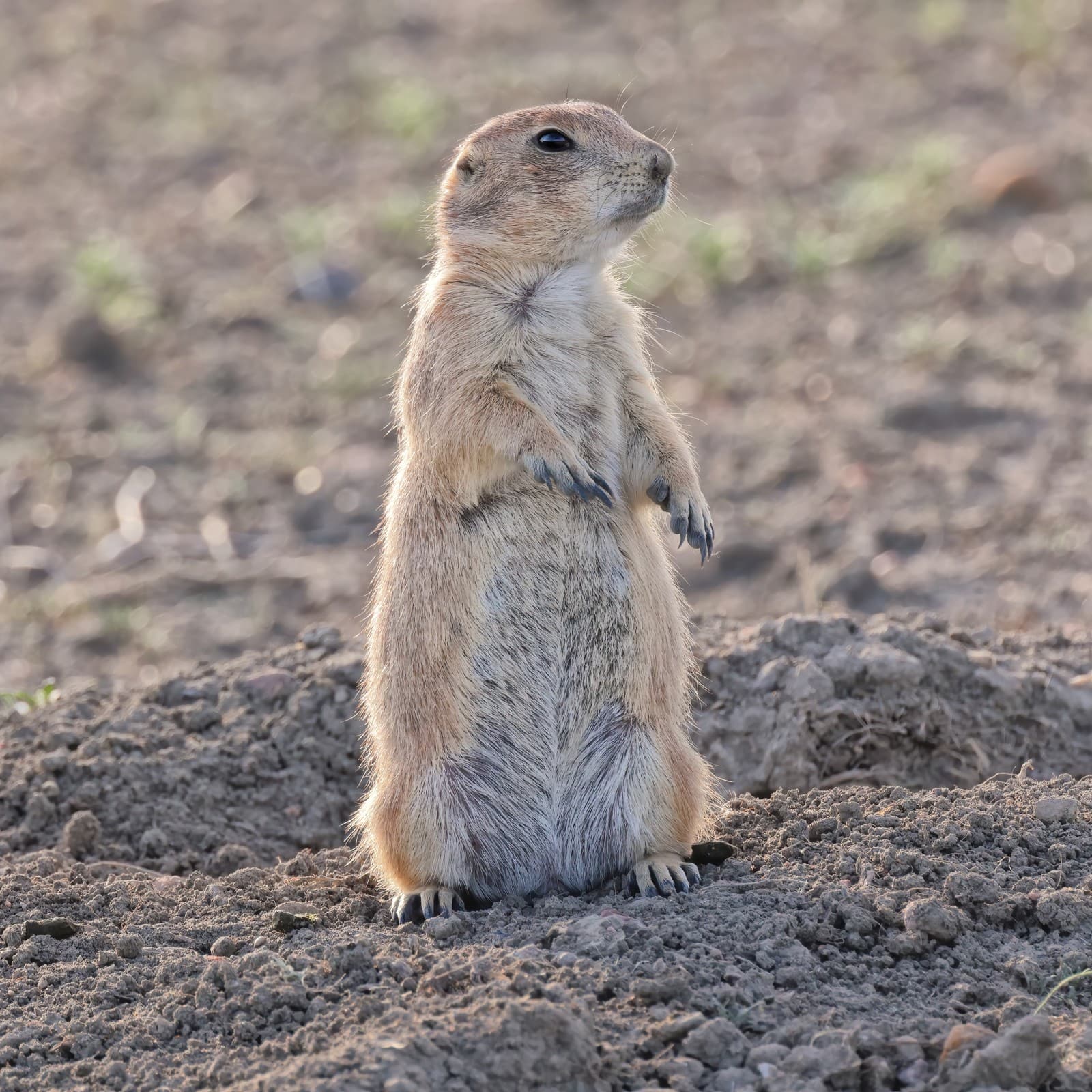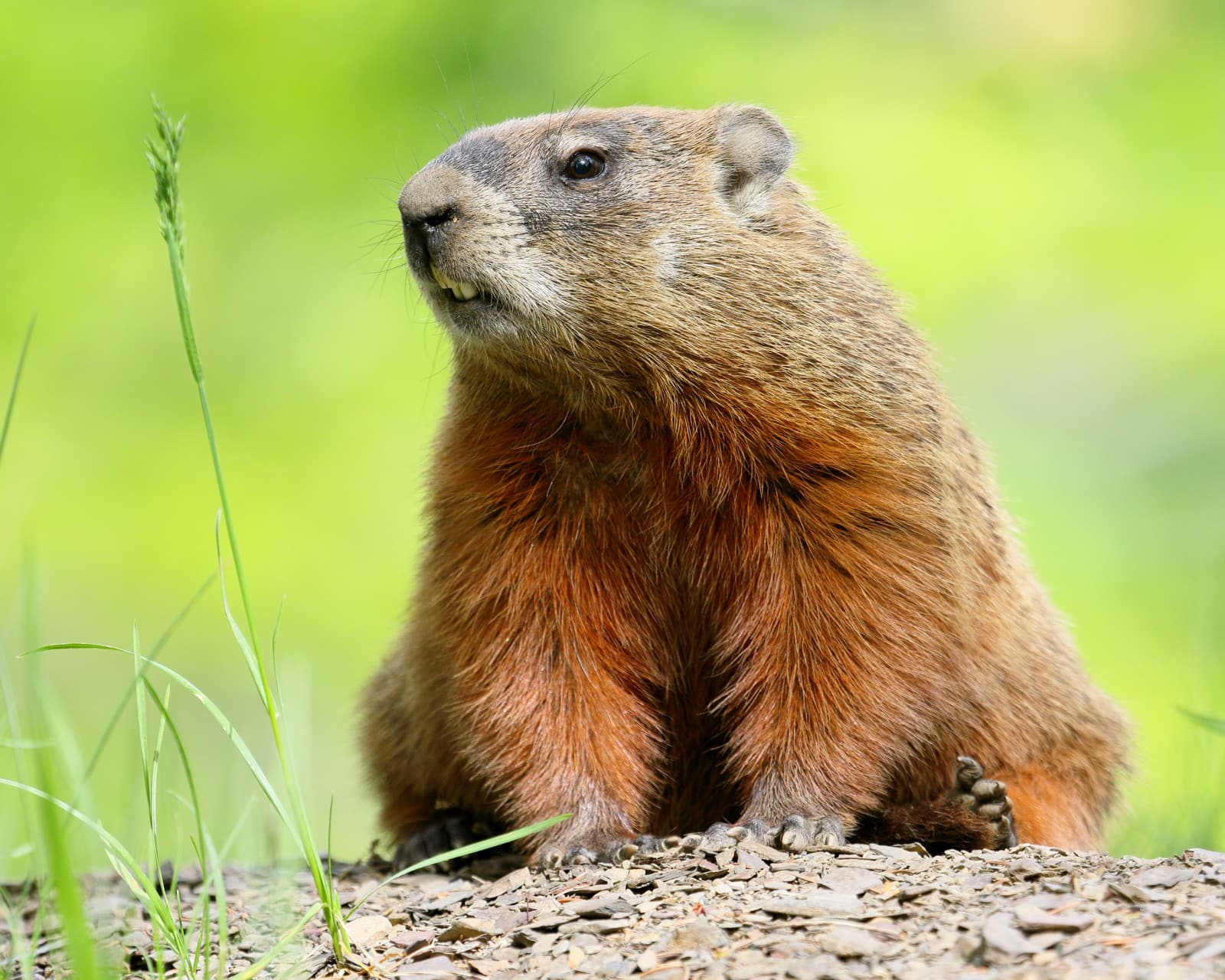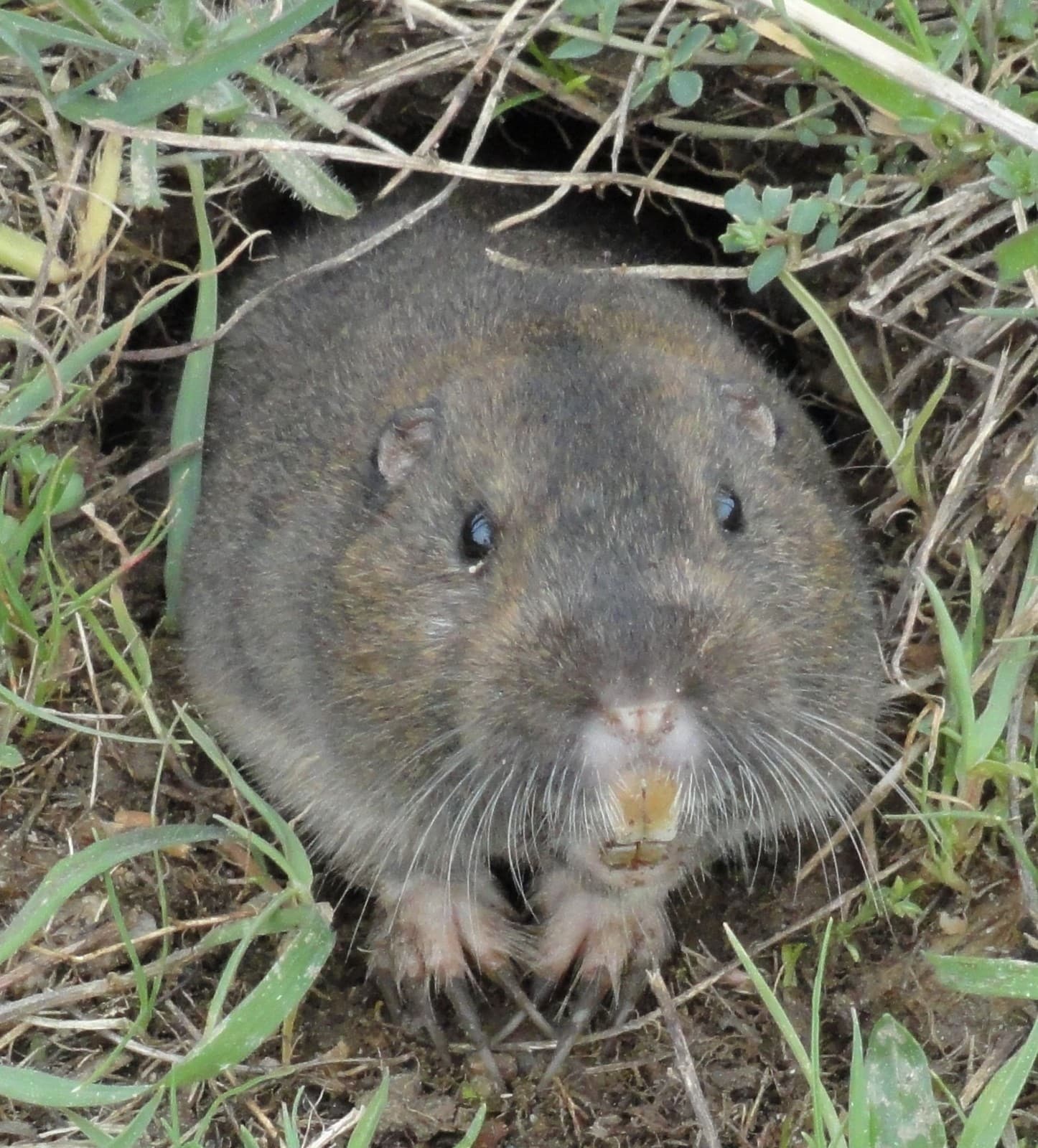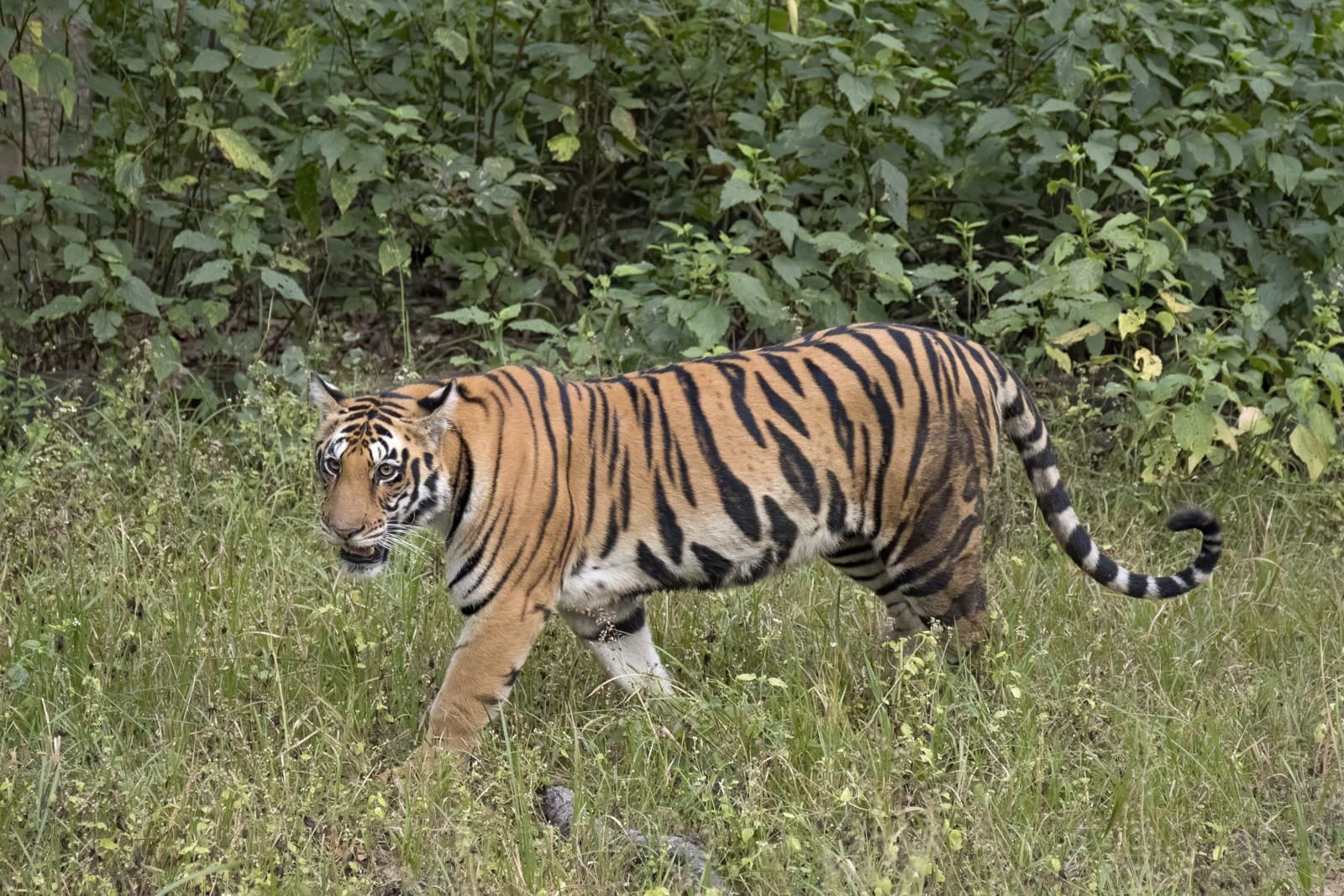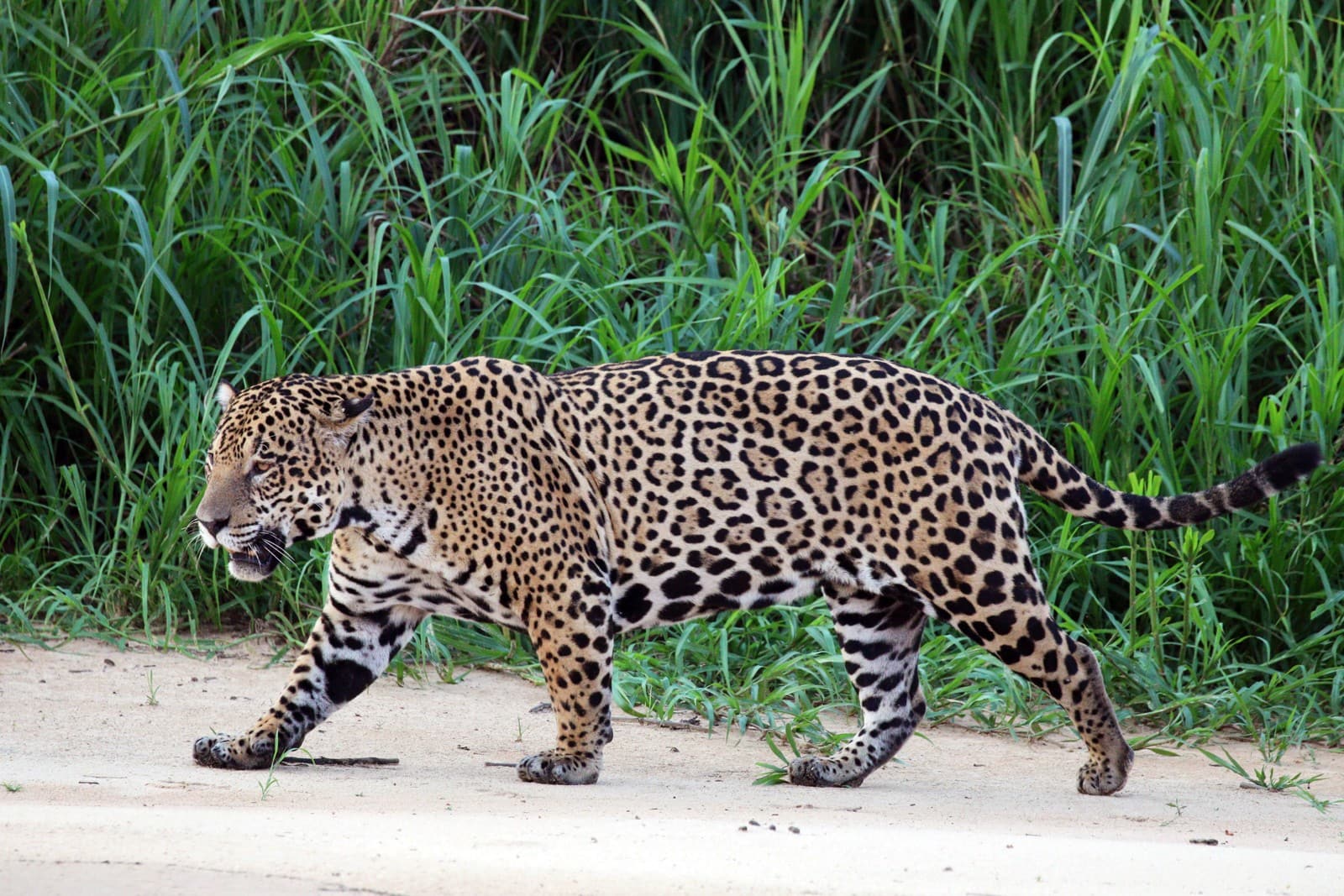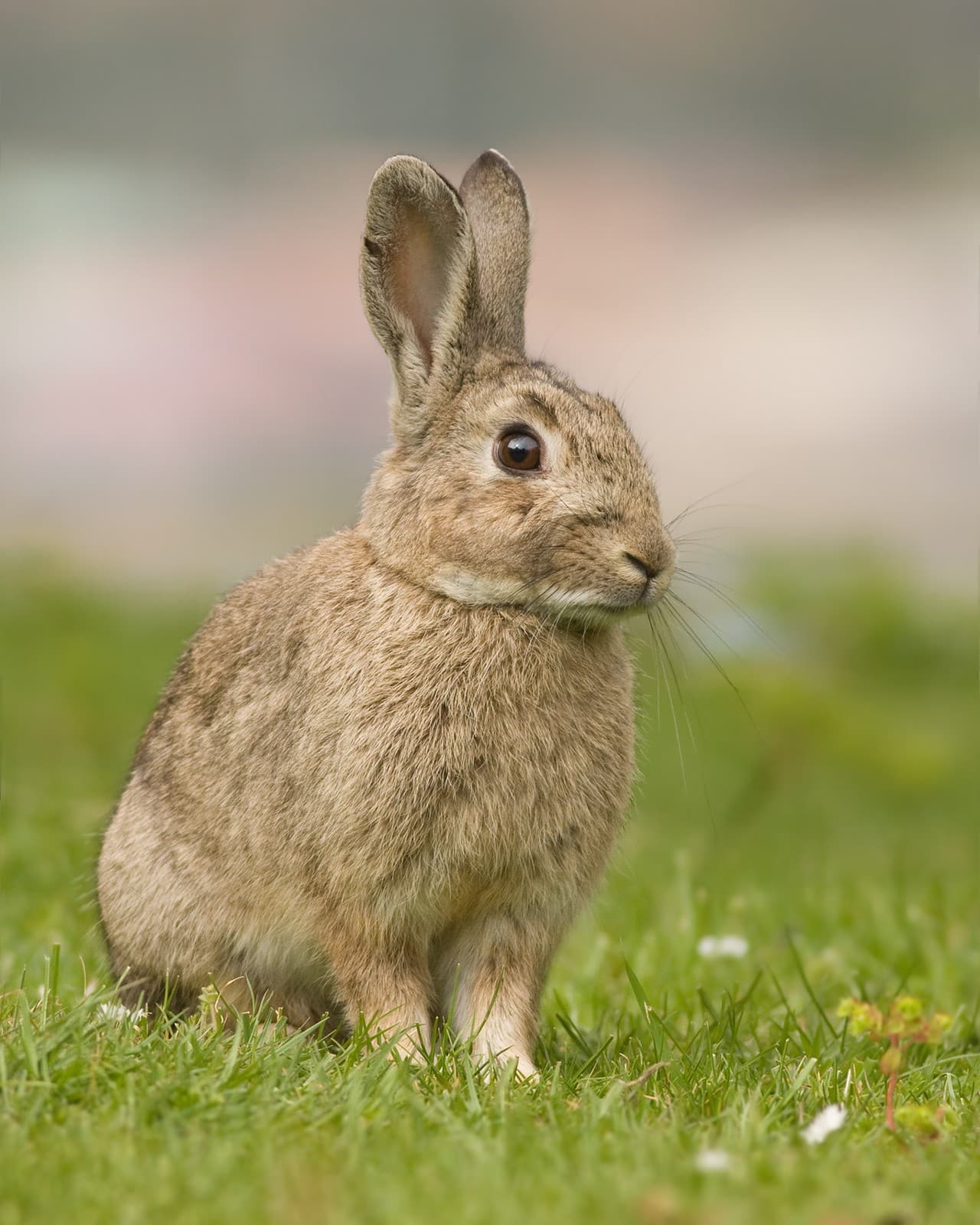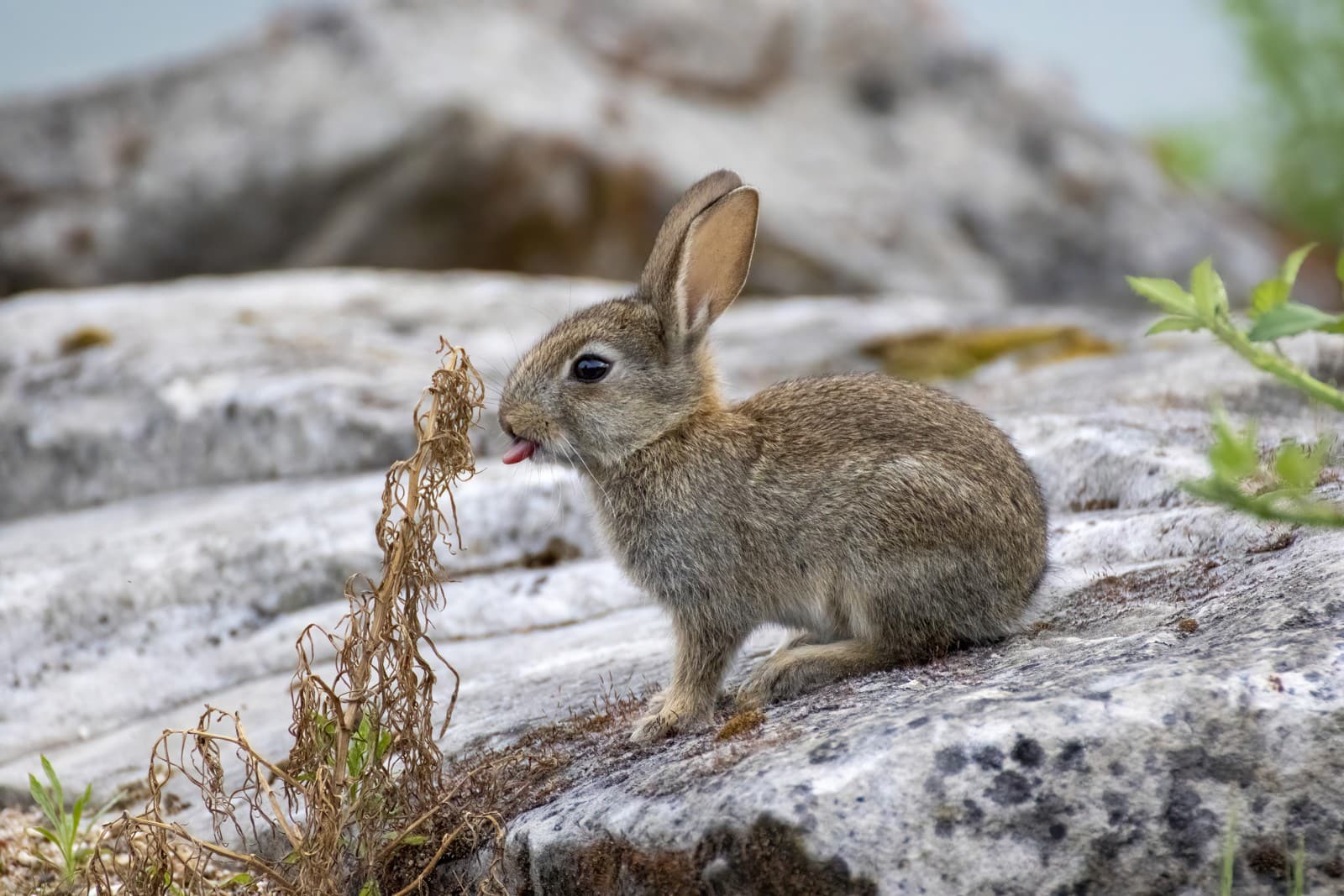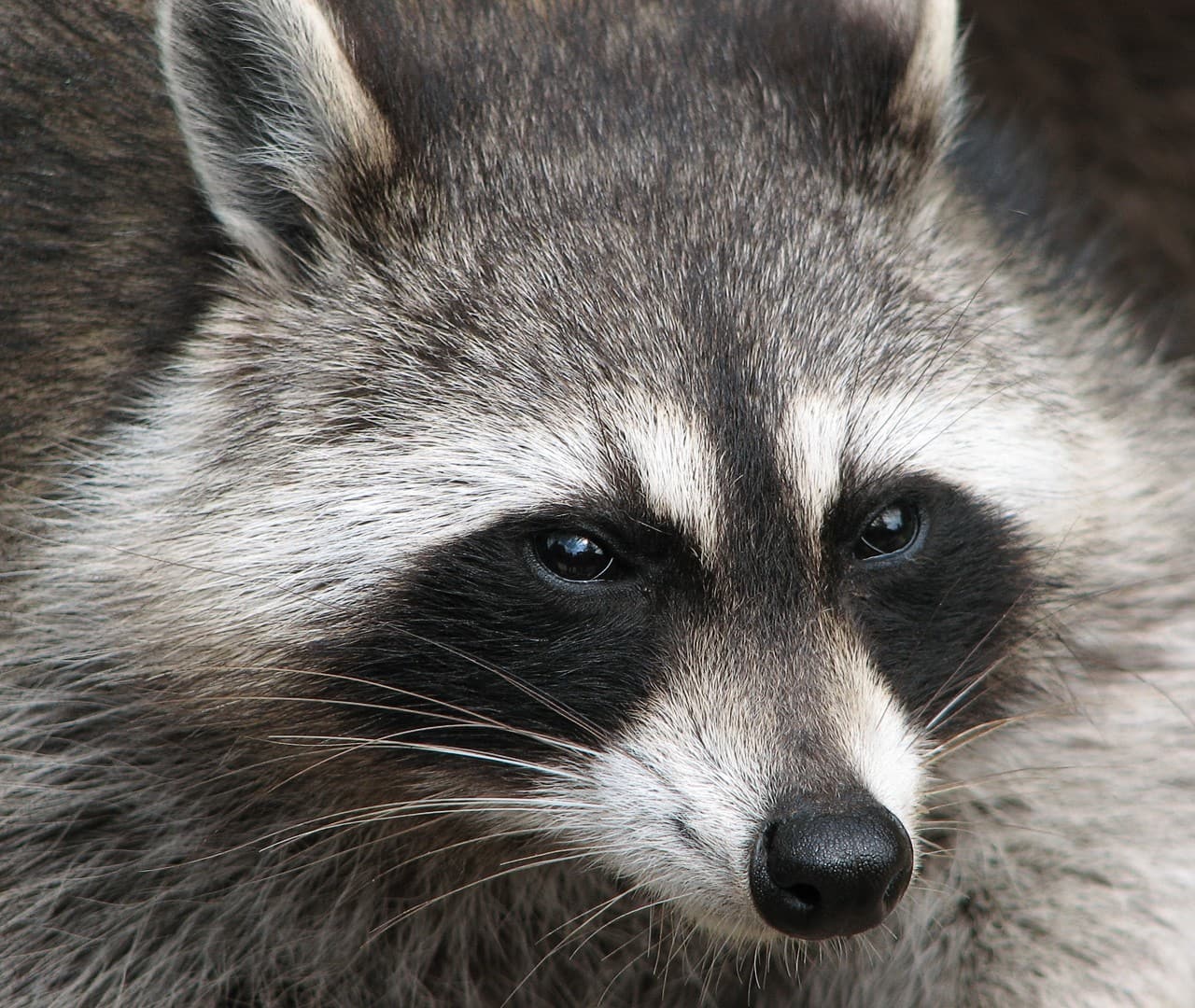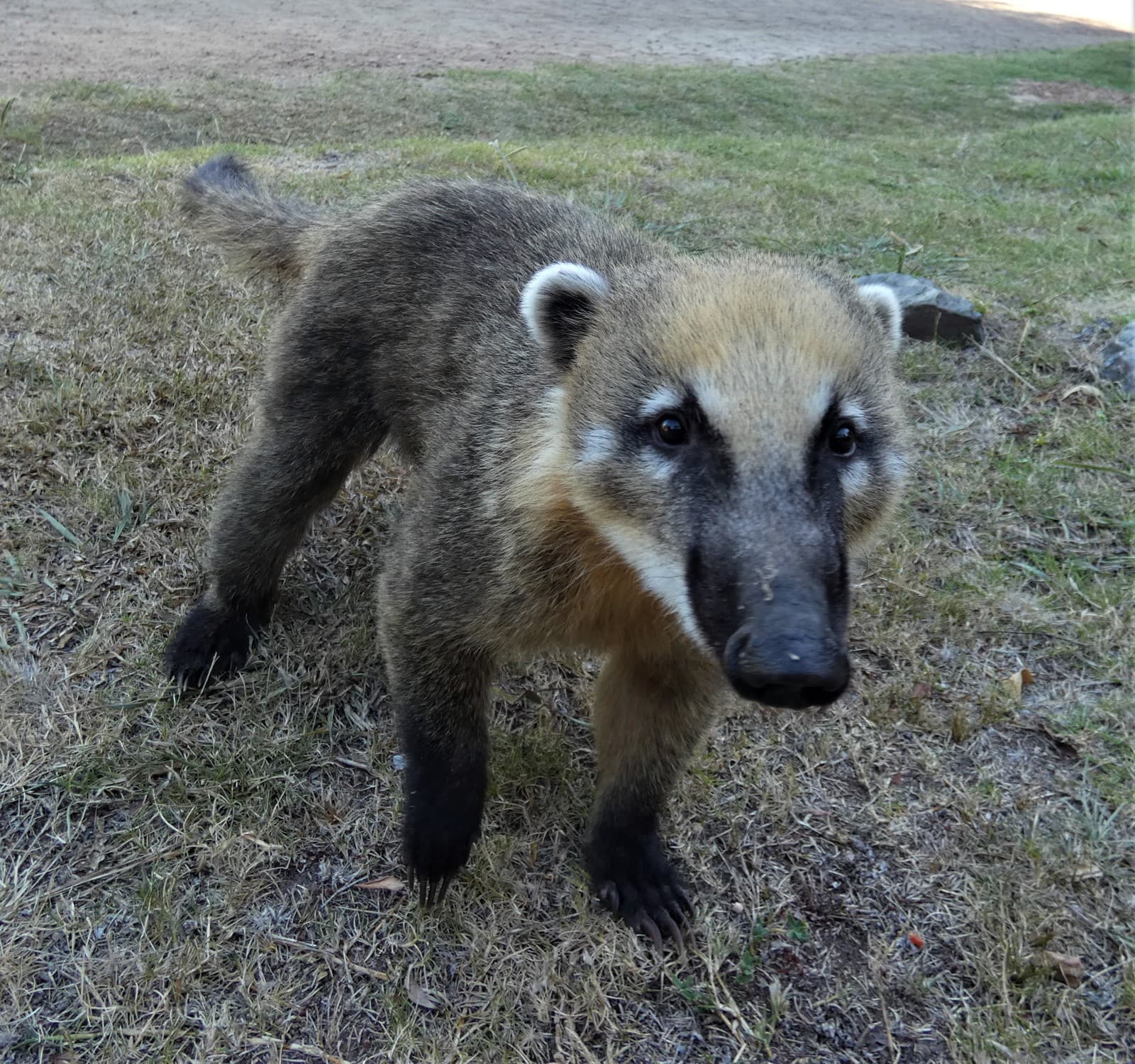Groundhog vs Gopher: A Complete Comparison
While groundhogs and gophers may both be burrowing rodents, these distinct species have evolved with remarkable differences. Groundhogs (Marmota monax) are significantly larger, weighing 4-14 pounds (1.8-6.4 kg), while pocket gophers typically weigh just 0.5-2 pounds (0.2-0.9 kg). As a wildlife journalist who has observed both species extensively, these size differences are just the beginning of what sets these fascinating creatures apart.
The most striking contrast between groundhogs and gophers lies in their physical appearance and lifestyle. Groundhogs are members of the marmot family, sporting thick, reddish-brown fur and a chunky, bear-like build. Pocket gophers, belonging to the family Geomyidae, have adapted for a more exclusively underground existence with streamlined bodies, specialized digging claws, and distinctive fur-lined cheek pouches for transporting food.
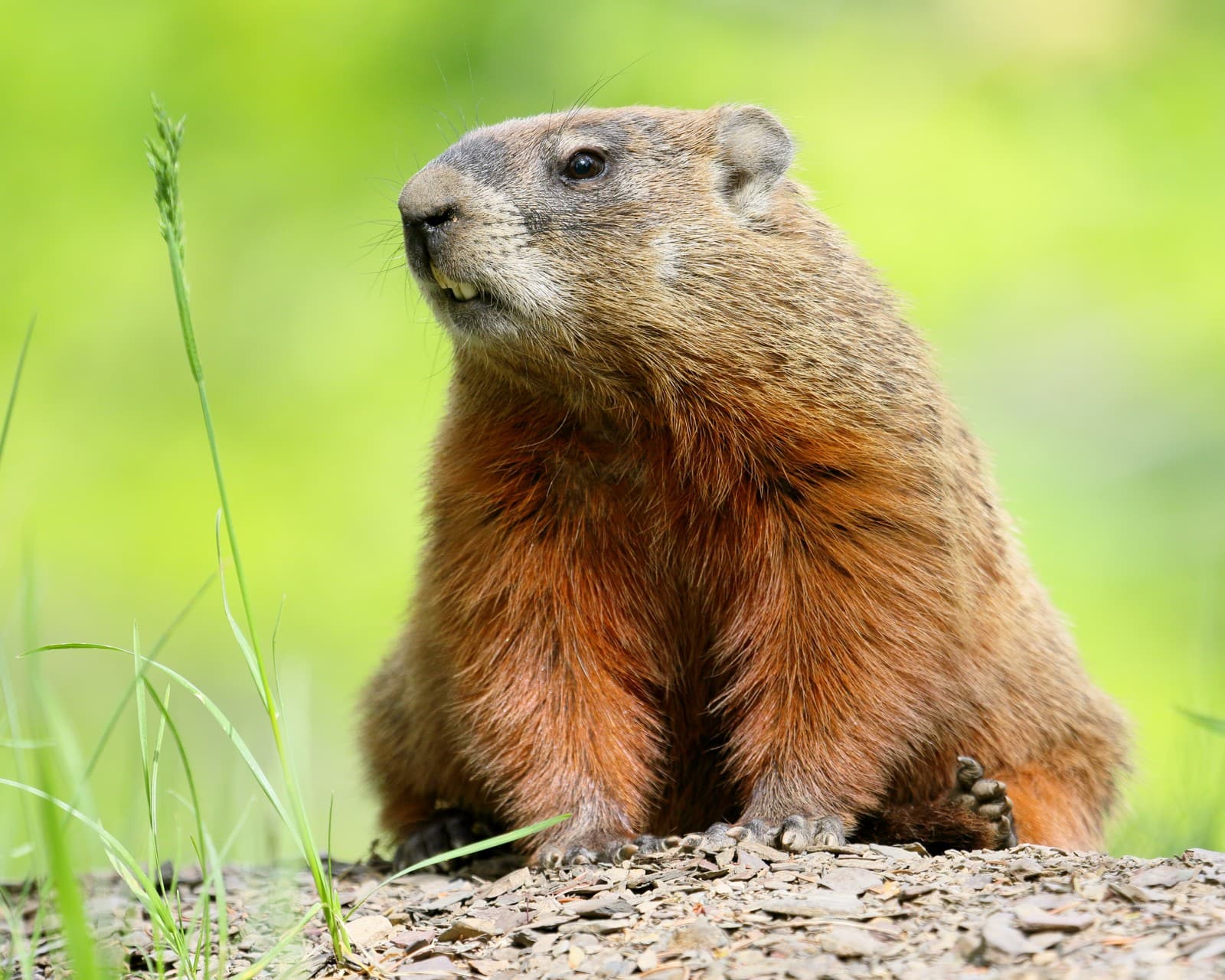
© Cephas / CC BY-SA 4.0
The groundhog, also known as the woodchuck, displays its characteristic vigilant posture and robust build. Note the thick fur and muscular frame that helps it survive in various weather conditions, unlike its gopher cousin.
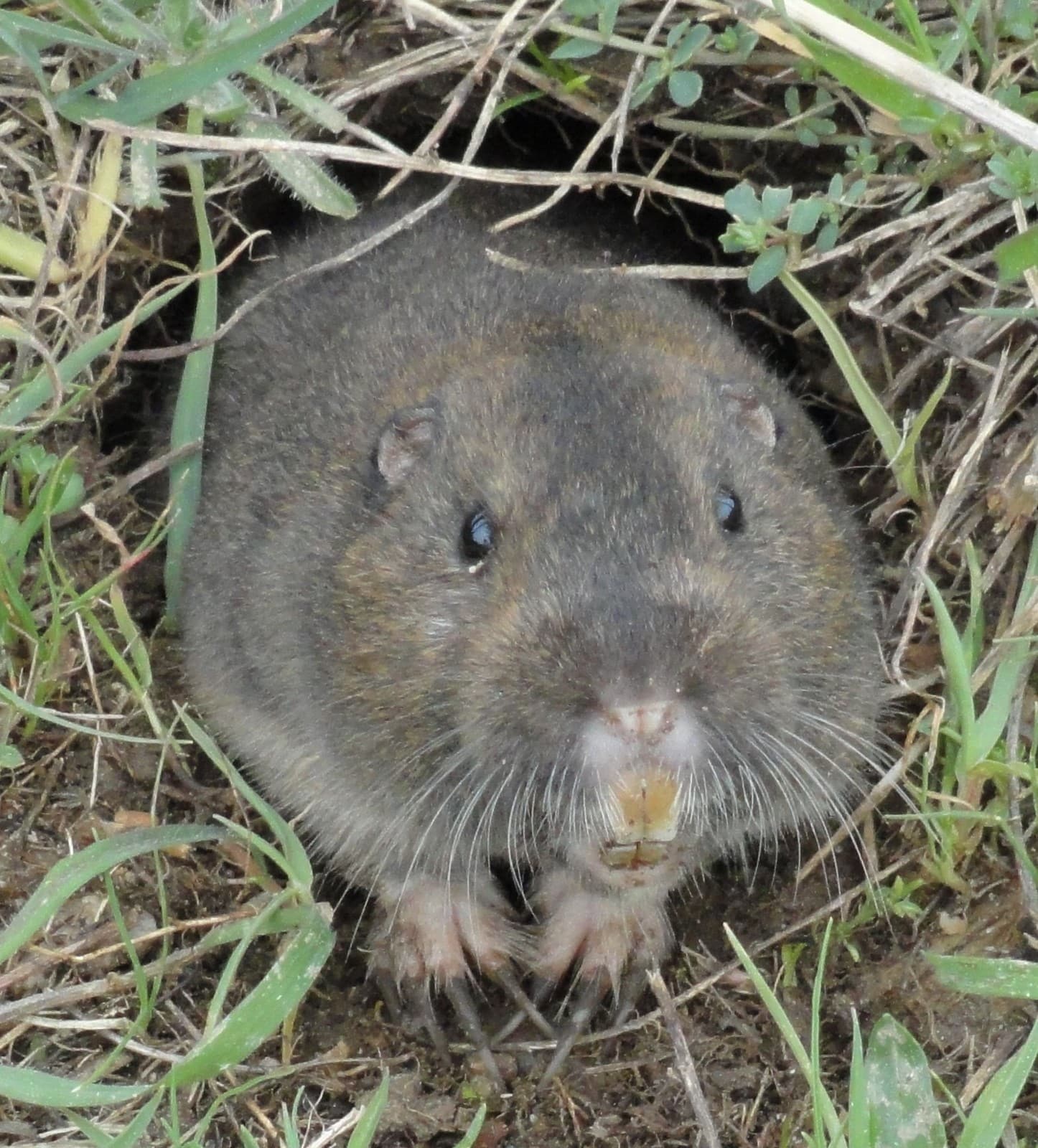
© LeonardoWeiss / CC BY 3.0
A pocket gopher exhibits its specialized features for underground living, including powerful front limbs and characteristic fur-lined cheek pouches used for carrying food. Their smaller size and streamlined body shape are clearly visible compared to the bulkier groundhog.
Key Differences: Groundhog vs Gopher
| Feature | Groundhog | Gopher |
|---|---|---|
| Size | 16-26 inches (40-65 cm) | 6-13 inches (15-33 cm) |
| Weight | 4-14 pounds (1.8-6.4 kg) | 0.5-2 pounds (0.2-0.9 kg) |
| Habitat | Open woodlands, meadows | Agricultural fields, gardens |
| Diet | Herbivorous (plants, flowers) | Roots, tubers, vegetation |
| Burrow Depth | 2-6 feet (0.6-1.8 m) | Up to 6 feet (1.8 m) |
| Lifespan | 6-8 years | 1-3 years |
Habitat and Behavior Differences
Groundhogs prefer edge environments where woodlands meet open areas, creating complex burrow systems with multiple entrances. They’re primarily active during daylight hours and are excellent climbers, often seen in an upright position scanning for predators. During winter, they enter true hibernation, emerging in early spring.
Pocket gophers, conversely, spend up to 90% of their lives underground in elaborate tunnel networks that can span several hundred feet. They remain active year-round, continuously expanding their burrow systems and feeding on roots and tubers. Unlike groundhogs, gophers are solitary and highly territorial, rarely seen above ground except during breeding season.
Diet and Feeding Habits
While both species are herbivorous, their feeding strategies differ significantly. Groundhogs are browsers, consuming a variety of above-ground vegetation including grasses, plants, fruits, and tree bark. They often venture far from their burrows to feed and can frequently be observed grazing in open areas.
Gophers primarily feed on underground plant parts, using their sensitive whiskers and tails to navigate tunnels in complete darkness. Their specialized cheek pouches allow them to transport food efficiently to underground storage chambers. This adaptation enables them to gather food while minimizing exposure to predators.
Impact on Human Activities
Both species can significantly impact agricultural and residential areas, but in different ways. Groundhogs create larger, more visible burrow entrances and can damage crops through their above-ground feeding habits. Their burrows can potentially undermine structures and create hazards for farm equipment.
Gophers cause more extensive underground damage, creating complex tunnel systems that can disrupt irrigation, damage root systems, and destabilize soil structure. Their feeding habits can be particularly destructive to root crops and ornamental plants, making them a significant agricultural pest in many regions.
Who Would Win in a Confrontation?
In a theoretical confrontation, the significantly larger groundhog would have a clear advantage. With adult groundhogs weighing up to 14 pounds compared to a gopher’s maximum 2 pounds, the size difference alone would be decisive. Additionally, groundhogs are known to be more aggressive when confronted and possess more powerful jaw strength. However, such confrontations rarely occur in nature as these species occupy different ecological niches and rarely encounter each other.
Through millions of years of evolution, both groundhogs and gophers have adapted to fill distinct ecological roles, demonstrating how similar starting points can lead to remarkably different survival strategies in nature.
